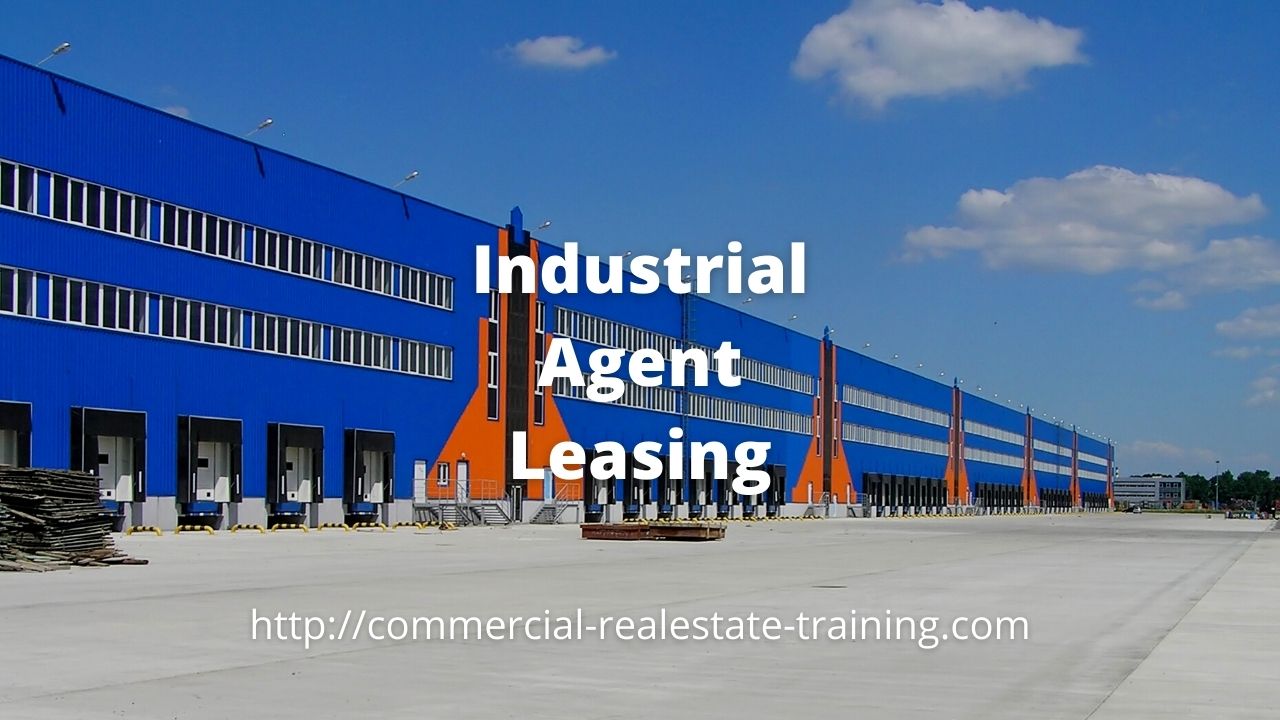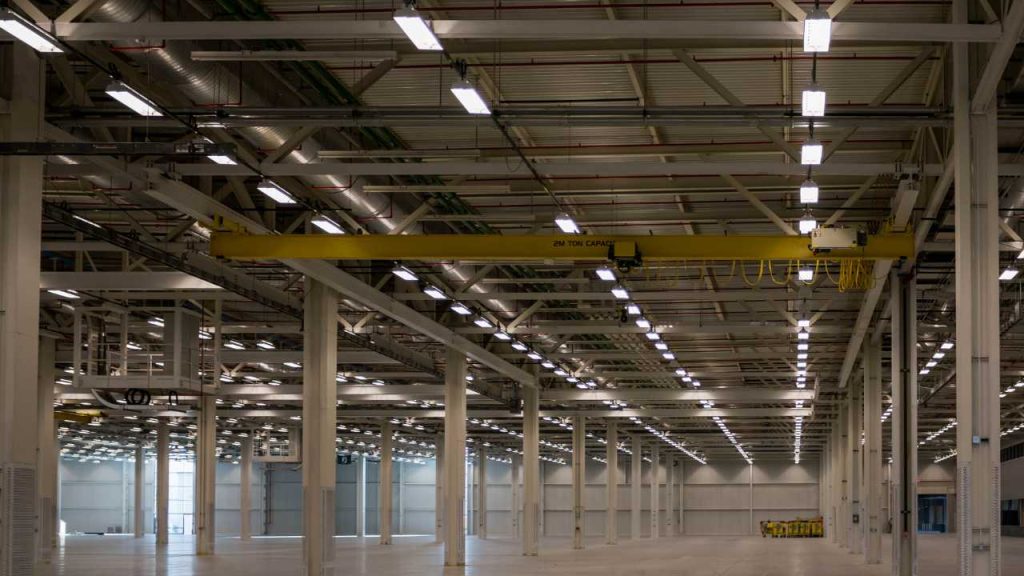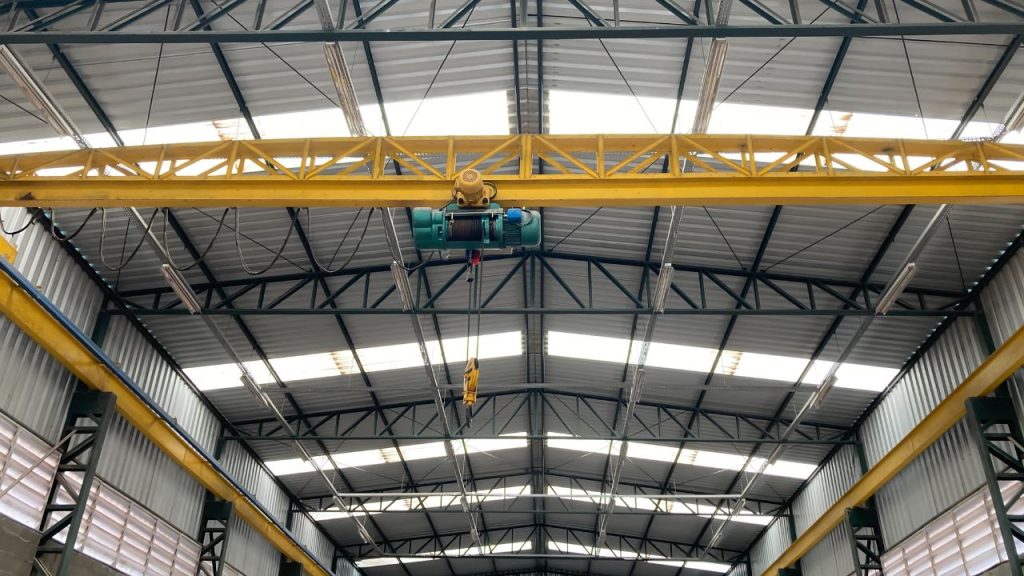Finding the Right Industrial Property – Tips for Commercial and Industrial Property Agents
The nature of the commercial and industrial property industry says that each industrial property must satisfy several attributes for each occupant relative to the way it transacts its business both today and into the future.
This is where you are the ‘detective’ to source the genuine issues behind the property need and then seek to solve the ‘property mystery’ with available strategies or identifiable stock.
Suppose you can find a satisfactory parcel of land. In that case, you can work with a developer to see if a suitable building can be constructed on the property to satisfy the needs of the industrial business and its occupants. The building can be later sold as a functional investment with a secure lease. You can also assist with the lease structure and implementation.
So there are some clear levels of new property business to be considered here, and you are the ‘catalyst’ agent to make things happen.

Get Real Estate Resources Here Free
Commercial Real Estate Agents Worldwide – Sign up here below
Do you like commercial, retail, and industrial real estate sales, leasing, or property management? We do, and we hope you do too. Let us share our free resources and real estate tips directly with your inbox. Sign up here below.
Industrial Property Development Need
Property developers usually act only on an identified property need or a trend in the market. They can also pioneer a new site or speculate on a new multi-occupant location as circumstances allow and the property market demands.
It is, however, far more common for the developer to build something that is an established need with identified parties. This is where you can be a catalyst for creating new deals and then add value to the task.
Property Developer Services
If you choose to work with developers to find sites suitable for new development and established parties, be selective as to who you work with and how you get paid for your time and your transactions. There is a lot of ‘upfront’ work to consider. Do you want a retainer for that?
The development process has the advantage of allowing the buildings to be constructed and specified according to the terms of the end-user occupants and the investor owner. You should know a lot of building owners, as well as business owners; you can be the ‘go-between’ person to get a property need or challenge resolved by way of a new project and build.
After the building is constructed, you can potentially on-sell the site from the developer to a longer-term investor. Multiple commissions can evolve from sales within the project.
Does this sound interesting? Can you take your position as a property strategist in the local market?
Business Occupancy Needs
Every tenant or purchaser of industrial property is unique and special. It is a matter of locating the appropriate site that satisfies the needs of industrial construction for the end-user.
So, let’s presume that you have the tenant or a purchaser for an industrial site that will be the subject of new property development. The building that is to be constructed must be functional and practical for the chosen business. You need to find the right land with the right circumstances of occupancy and owner.
Several key issues should be considered relative to the future site and occupant when you assess the land and its general suitability for development. Let’s look at some of these things.
Checklist Site Assessment
You can form your ‘checklist’ from this example and modify it as the market, the client, and the precinct require.
1: Amount of available space
This analysis applies to the size of the land and the potential building that can be constructed thereon.
The physical aspects of the site will impact the location of the construction improvements. You will also need to review the fall or levels of the land so that it does not unduly slope in any direction, which will frustrate property usage.
2: Property elements
Industrial occupants like flat land or something with a slope of less than 5%. The site must be levelled off and stabilised for construction and vehicle movement.
If you need a larger property for your client, then you would need to look at the consolidation of several adjacent properties. This consolidation will require contemporaneous contracts so that they link to the result that you require.
Beware of the timing aspect of consolidating multiple sites so that any documentation allows for the extended time frames and approvals usually involved.
3: Location
Industrial property is only allowed in locations with appropriate zoning.
Once you have located the available vacant land that is zoned for industrial applications and usage, you will need to match the location of that land to the requirements of the industrial occupant.
Those requirements will allow relationships with end markets, transport corridors, raw material suppliers, labour and employment availability, and transport staging points such as airports, seaports, and railheads.
You need to know that the property location complies with the needs of the end occupant within these categories.
4: Property Facts
These facts apply to the chosen parcel of vacant land. You will need to have details on the size of the land, the regular dimensions of the land, the topography, and the soil conditions.
These facts must all satisfy a critical cost and feasibility balance to correctly construct a new building of the size and type the occupant requires.
5: Utilities and Services
All properties will have some ability or need to connect to existing services and utilities. With industrial property, the everyday needs are 3-phase power, water, gas, sewer, drainage, bitumen roads, and kerbing.
If any of these are unavailable at the relative site, you must know how the connection or supply can be made and at what cost.
It is likely that the local council will have comments and added costs that they will apply to new connections to an undeveloped parcel of vacant land.
6: Physical Condition
The identified site may already have existing enhancements. This being the case, they should be assessed for functionality and relevance to the new occupant.
Are the existing fixed improvements adaptable to the new occupant, and can they bring any value to the property? Will they complement or restrict unique occupation needs?
7: Improvements
The local council regulations may control the construction and location of further improvements on the property.
The best way to handle this is to have a preliminary meeting with the council planning officers to discuss and identify any impositions or requirements for new construction on the site.
It will be necessary for building and development applications to be lodged following the planning regulations in your area. All of this takes time and should be well considered for the impact that it can have on your project.
8: Site requirements
A new property construction project will feature several construction strategies and improvement placements.
These will typically be warehouse requirements and placement, office requirements and placement, car park requirements and placement, goods and materials storage, landscaping, vehicle movement, the security of the site, and environmental integration and protection.
It is best to review these matters with the future property occupant to get a clear indication of the way that these things must work for the success of the business.
There will be a balanced flow between these separate parts of the property, which makes the property efficient and successful for the occupant.
9: Legal matters
The essential legal aspects of construction and occupation will impact every property.
These will commonly be the construction approvals, development approvals, established ownership title, the impact of any encumbrances on the site, property zoning, the current building codes, any necessary contract documentation, any necessary lease documentation, construction agreements, finance, heritage matters, and environmental impact statements.
Given that these matters are complex and specialised, it is wise to involve the assistance of property attorneys to assist you, the client, and the end-user of the property with appropriate documentation and the legal terms of an agreement.
Develop Your Checklist
So, these are some of the main elements of the site analysis for a future industrial occupant. You can add to the list, given the market and property type you are handling.












